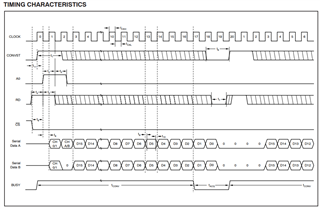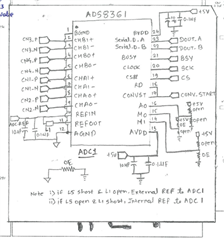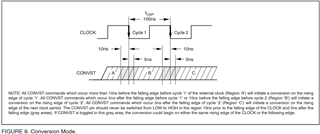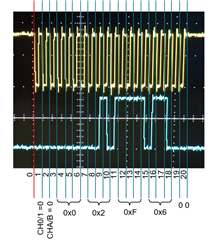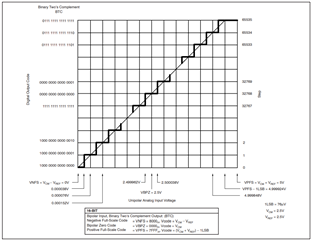Tool/software:
Hi,
Getting 16 bit data as o/p from ADC instead of 20 bit , given the 20 sclks for reading the values from SPI.
mode pins M0 = 0 , M1 = 1, A0 =0
reference = internal reference 2.5 v
SPI in receive only mode with 10mhz frequency.
i/p voltage value
1.2744 v 0x8280
1.0021 v 0x65c0
0.5079 v 0x3464



